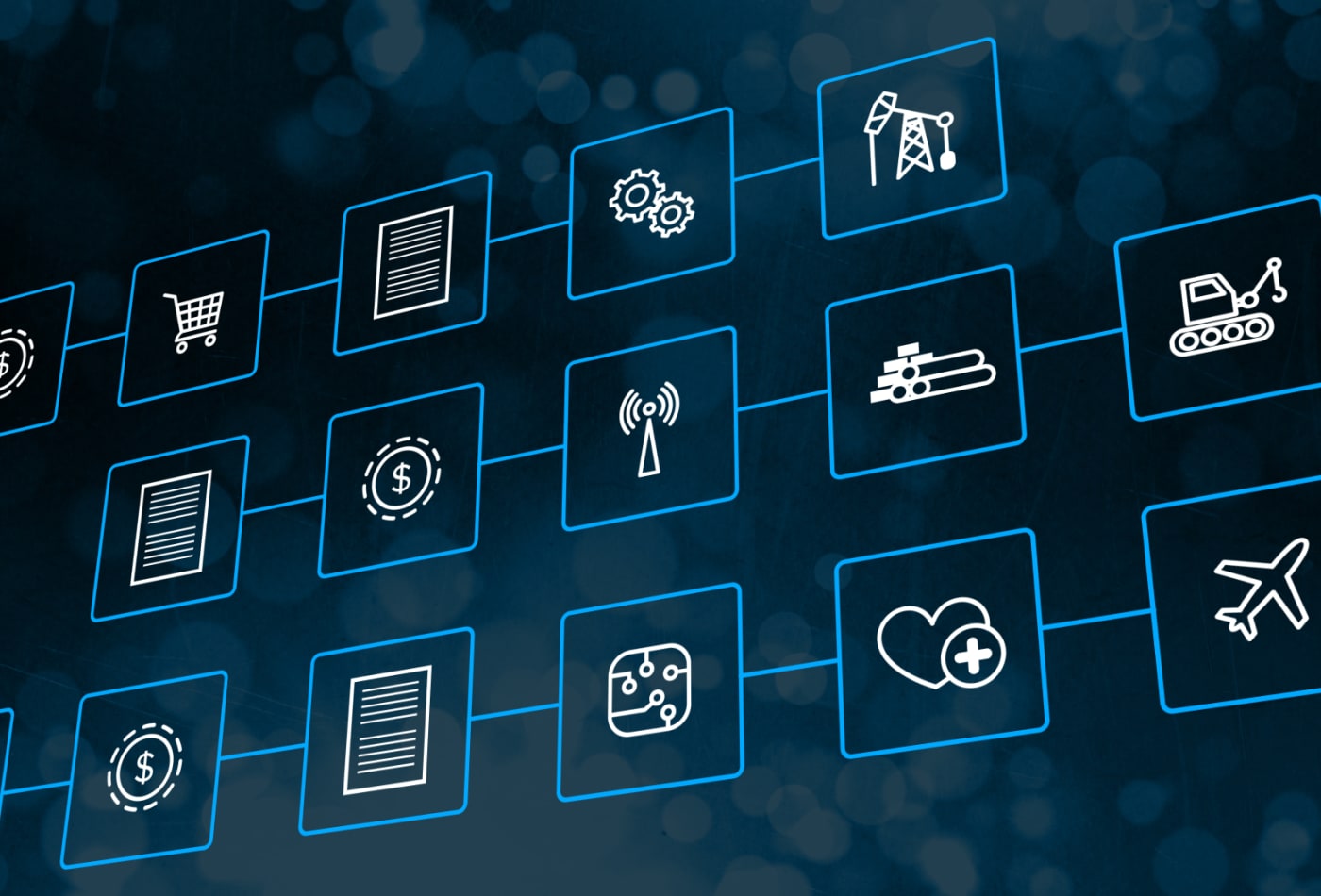
Blockchain, the technology that underpins digital currency and has acquired a slightly tainted reputation as a useful tool for organized crime, is coming out of the shadows and is set to become a friend to consumers, protecting them from tainted food, fake medicine, fraud and products with illegal or unethical origins, a new study from the University of Bath shows.
“Blockchain technologies are likely to form part of supply chain solutions in the same way that bar and QR codes and RFID tags are now mainstream. But blockchain offers much more in terms of product visibility and traceability, helping consumer safety and allowing the public to make more informed choices about what, how and where they buy from,” Michael Rogerson, researcher at the University’s School of Management, said.
Rogerson’s research and case studies showed blockchain – essentially a system that creates a list or record of actions that is very difficult to change – can bring particular advantages to the food industry, not only in terms of ensuring food quality but also in giving visibility into how the food was produced, and its environmental footprint.
“Recent years have seen a spate of environmental, social, and health scandals as well as persistent abuses and fraud. Consumers are increasingly paying attention to the impact food production has on the environment and on the people working in the supply chain. Cases of modern slavery have been discovered in Vietnamese fisheries, and child labour in cocoa supply chains shows no sign of abating,” Rogerson said.
“Perhaps the best known fraud was the 2013 horsemeat scandal in the UK, where up to 60% of products labelled as beef were in fact horse. There have also been instances of infected chicken being sold in UK supermarkets and a long-standing issue in the United States of Romain lettuce causing E.coli poisoning has only recently ended,” he added.
Existing technologies allow firms and consumers to know where products have been and when, or their nutritional value and allergens, but they do not offer any information about what actually happens at each point in the supply chain – something blockchain can remedy if deployed correctly. This can give companies a competitive advantage by offering data and reassurance about the provenance of goods, Rogerson said.
Larger companies have begun to recognize that potential but have been reticent about sharing the outcomes of their trials with blockchain, which means industry has been slow to share and learn, delaying advances in food safety and denying potential benefits to consumers, Rogerson said. He found smaller organizations were more willing to share their experience for his research – “Blockchain:case studies in food supply chain visibility”.
The research paper studied several cases, including a Shanghai-based company Techrock, which has developed a package that can assure parents that a particular baby formula is safe. A string of Chinese infant formula scandals beginning in 2008 killed at least 18 babies, affected 300,000, and destroyed confidence in a product many parents relied upon to feed their children.
Parents can scan the product with a mobile phone and instantly see data on the baby formula’s production, logistics and a picture of what it should look like – crucial for combatting fake products. They can also see if the product has been opened and resealed.
In Australia, an agricultural commodity management platform Agridigital provides consumers with data that enables them to verify a marketing claim. Their system digitally captures inputs from farmers, data from supply processes and uses RFID tags to monitor product movements. Data is stored on a Quorum blockchain. They match the data against operational best practices to show conformance, which consumers can view using a mobile app.
And in Fiji the World Wildlife Fund has partnered with blockchain provider TraSeable to protect the sustainability of fisheries. The partnership collects data on fishing grounds, location and route, catch logs, and crew details using smartphones and stores it on a public Ethereum blockchain. Once fish are unloaded, QR-tagging is used to track fish to stores, where consumers can access these data using a mobile app.
“These positive uses and developments bode well for the future of blockchain although it is important to note that there has been much hype, and much myth, surrounding its potential. With this research we hope to show industry what is actually possible and give a realistic appraisal of the limitations of this safety-enhancing technology,” Rogerson said.
Rogerson said it was important to understand the limitations around the technology and have an honest discussion about the issues to be resolved. In particular, to reduce fraud or error supply chains need to be digitized from origin to end user. And while the technology can improve visibility of what happens to a product at each point in the supply chain, that visibility will still rely on humans putting in the correct information, he said.
Additionally there are currently a variety of blockchain systems in use in supply chains but no agreed standards which could cause interoperability problems with data, particularly when it comes to consumers reading them on a variety of smartphone types and apps. And the cost of implementing such systems may restrict their use to higher value food products, medicines or goods where consumers are prepared to pay a premium, such as for baby formula.
“But possibly the largest obstacle might be the reputational issues attached to blockchain and the negative media coverage of cryptocurrencies. It would appear that blockchain, which the Economist once called ‘the trust machine’, has a trust issue and companies will have to work hard to overcome that – but our research shows that this work will pay off,” Rogerson said.

